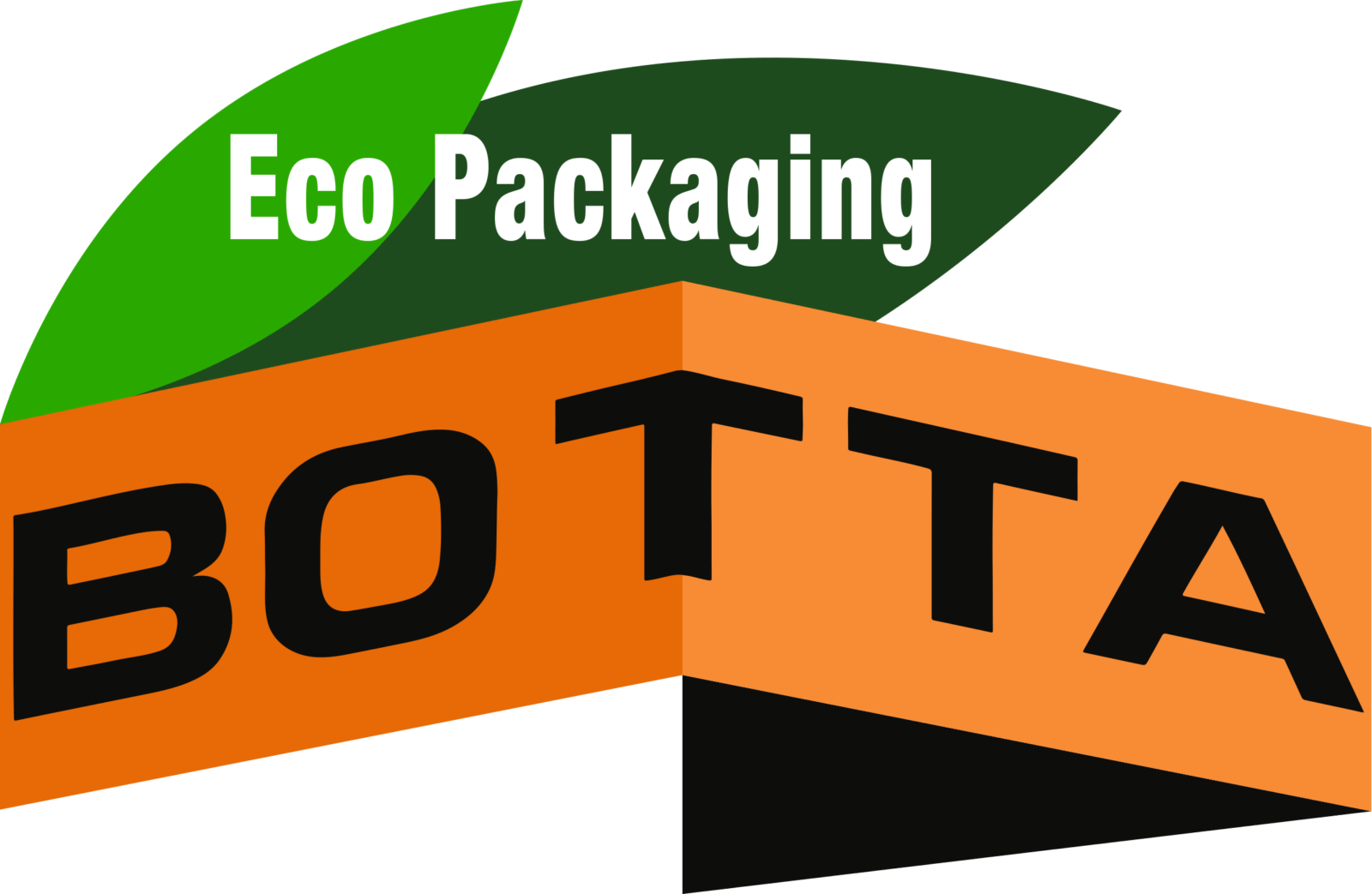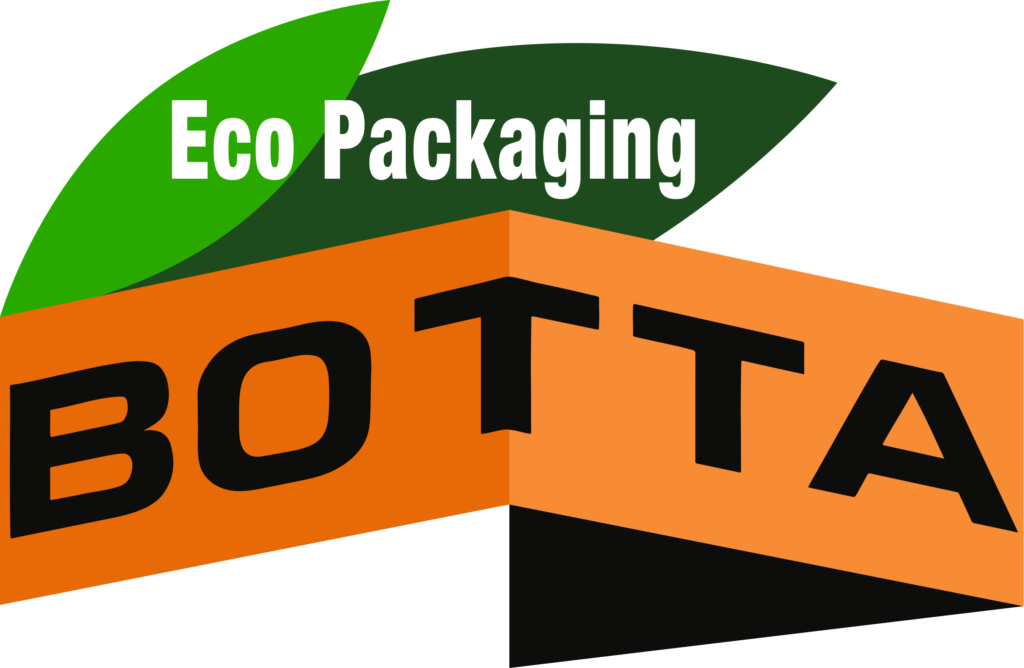Packaging is an essential component of the process of shipping and protecting goods.
Proper packaging ensures that products are protected from potential damage during transport and that they reach the recipient in optimal condition. There are different materials and types of packaging available, but in this article, we will focus on the use of paper as a packaging material and its advantage of being eco-friendly.
What to use for packaging?
When it comes to packaging, there are several options to choose from. Common materials include paper, cardboard, plastic, polystyrene and filling materials such as air bubbles or crumbled polystyrene.
Each material has its characteristics and can be suitable for different types of goods.
Why you should choose paper packaging
There are several reasons why you might consider using paper packaging. Here are some reasons:
-
- Environmental sustainability: paper is a natural, renewable and biodegradable material. Unlike many synthetic or plastic materials, paper is produced from renewable sources such as trees and can be easily recycled. The use of paper packaging can contribute to the reduction of environmental impact and the circular economy.
- Plastic reduction: plastic is one of the most commonly used packaging materials, but it is critical to dispose of and, if dispersed in the environment, very polluting. By using paper packaging instead of plastic, you reduce the amount of plastic waste and help preserve the environment.
- Biodegradability: paper is a biodegradable material by nature. This means that paper packaging, if properly disposed of, will not contribute to long-term waste accumulation.
- Versatility: paper can be easily shaped, folded and processed to fit different packaging shapes and sizes. This versatility makes it suitable for a wide range of products.
- Appearance and branding: paper packaging can give a natural, handmade look to products, which can be attractive to consumers. It can also be customised with unique brands and designs to promote branding and product visibility.
- Consumer awareness: people have become more environmentally conscious and prefer products and brands that demonstrate a commitment to sustainability. Using paper packaging can meet the expectations of consumers who prefer environmentally friendly and plastic-free options.
One of the most common materials used for packaging is corrugated cardboard. It is a durable and versatile material that can be easily moulded into different shapes to suit specific packaging needs.
Cardboard is often used for boxes and containers and is a popular option for shipments of various sizes.
What are the types of paper packaging? Some solutions
Paper is an environmentally sustainable packaging option that is gaining in popularity.
Several types of paper packaging can be used.
These include corrugated boxes, which offer greater strength and protection for goods and are often used as primary packaging.
Here you will find all the eco-packaging solutions.
Packaging for shipment
Packaging for shipping must be strong and able to protect the contents during transport.
Corrugated cardboard boxes are often the ideal choice for packing goods to be shipped. They can be used together with adhesive tape and filler materials such as wrapping paper to provide extra protection.
An example from our site is Eco-bags: recycled paper envelopes with corrugated paper filling ideal for shipping your products in sustainable packaging.
There are also paper tubes, ideal for packaging cylindrical objects such as posters or project plans.
In addition, paper bags can be used to package smaller items or as an alternative to plastic bags.
Packaging for shipments of fragile goods
For fragile goods, such as glass or porcelain objects, it is important to use special packaging to protect them from damage during transport.
The use of paper as a packaging material has several ecological advantages.
Paper is a renewable and biodegradable source material, so it can be easily recycled if disposed of properly. Furthermore, its use reduces the use of plastic and contributes to reducing the environmental impact of packaging.
In conclusion, packaging plays a key role in protecting goods during transport.
Choosing the right packaging for your shipping needs is crucial to ensure that goods reach the recipient in optimal conditions and, at the same time, contribute to environmental sustainability.

















